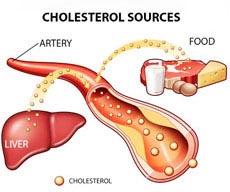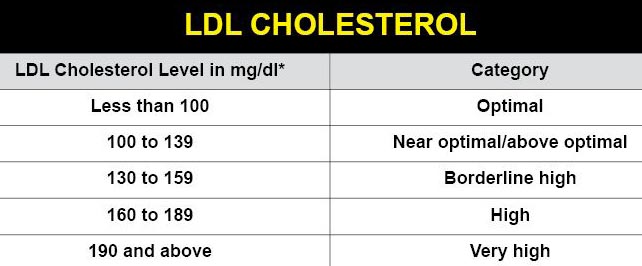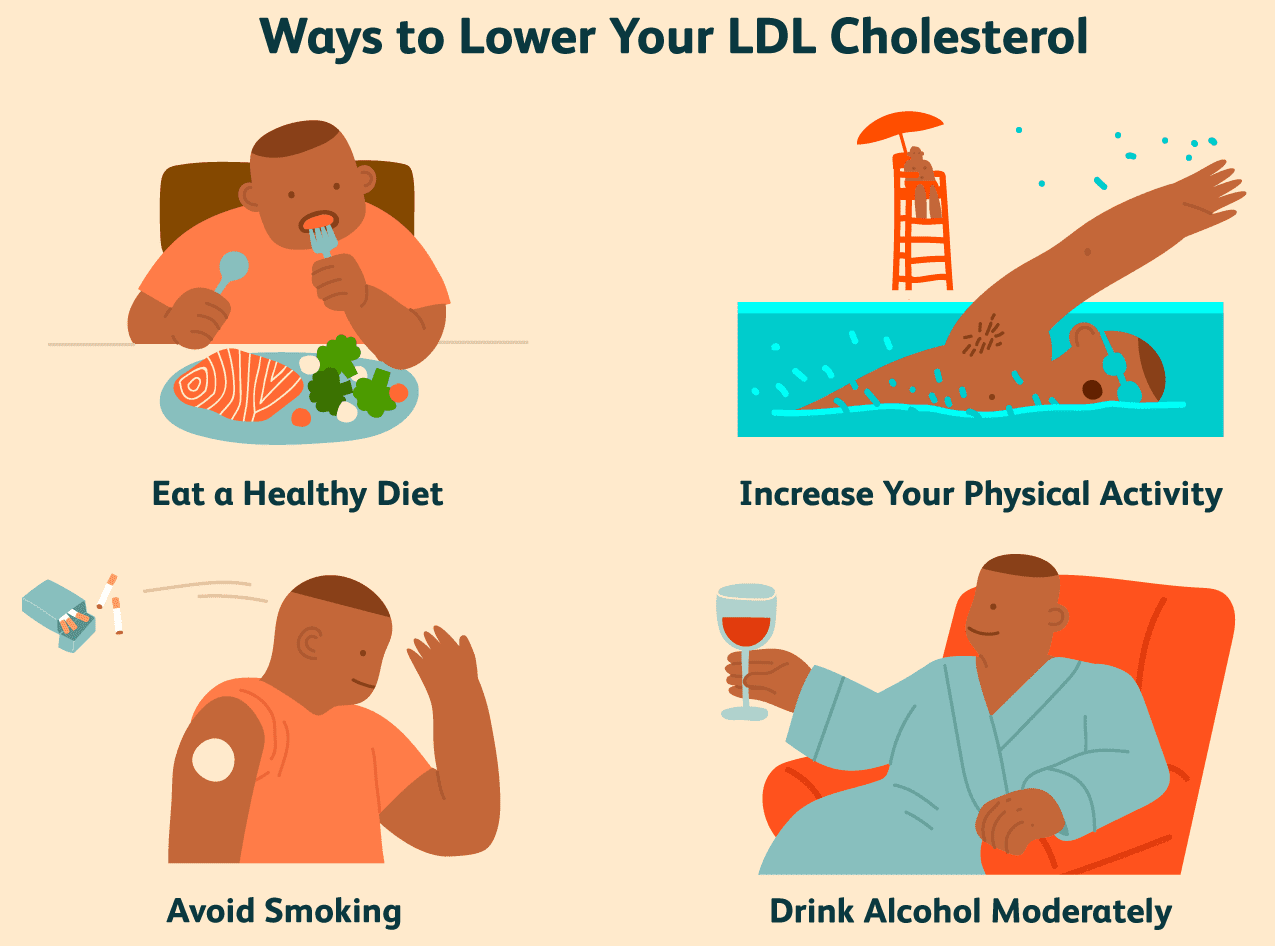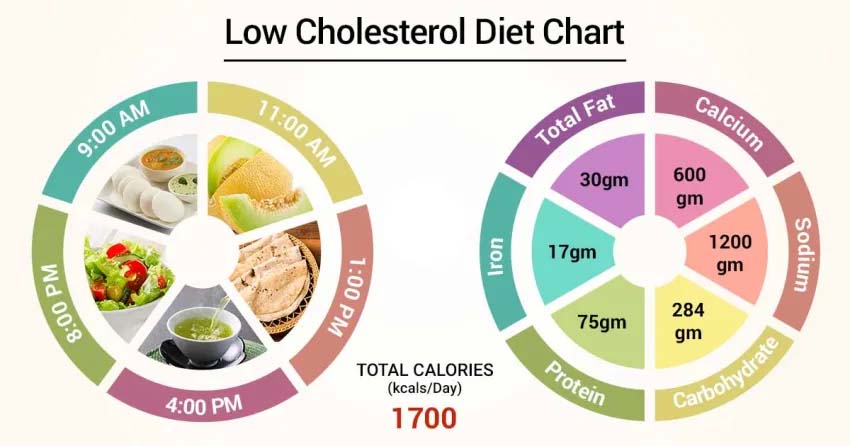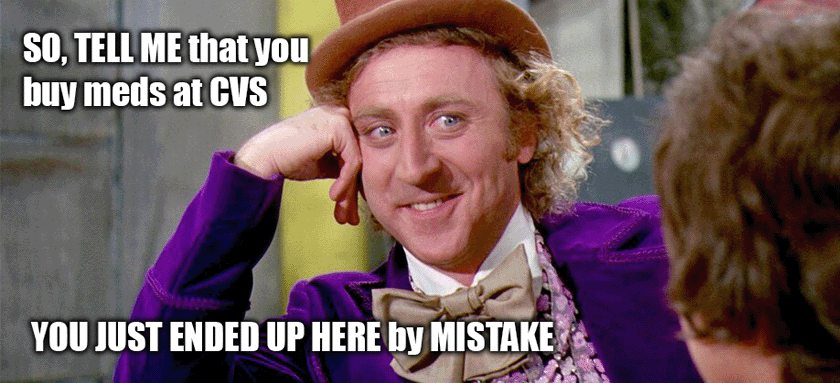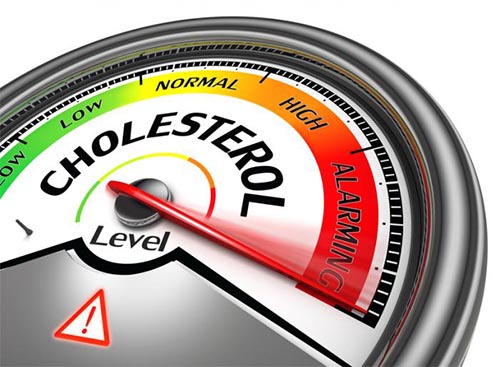
Most people start out with great health. However, whether or not they stay healthy depends on their lifestyle. High cholesterol doesn’t just come out of the blue. It is typically the result of several years of poor living. And if it isn’t treated promptly, the consequences of the ailment can be devastating. This is why you need to understand what constitutes high cholesterol and what causes it. Only then can you begin to take curative or preventative measures.
What is Cholesterol?
Most people know the word “cholesterol”. They have a basic understanding of what it means. But they can’t properly define the term. In a nutshell, cholesterol is a fatty, waxy substance that the body naturally produces. You will find it in your cells, in the liver (which makes cholesterol) and in certain food items. Cholesterol sounds like a bad thing. But your body actually needs the substance to function as required. Cholesterol is only desirable when you have it in normal amounts. When the levels of the substance in your body spike, it becomes a danger. It accumulates in the blood vessels, attracting problematic ailments in the process.
When Are Cholesterol Levels Too High?
What constitutes a normal cholesterol level? Better yet, what constitutes a high cholesterol level? You need to know the answers to those questions so that you can determine whether or not your own cholesterol levels are optimal. But before you can analyze the figures, you need to realize that Cholesterol comes in three different types, namely:
❶ Low-Density Lipoprotein Cholesterol
This is the perfect starting point because LDL is the bad kind of cholesterol. As such, it is one of the most important. LDL has a tendency to accumulate in the walls of your arteries. If it is left unattended, high levels of LDL can kill you. As such, the less LDL you have, the better. Your LDL cholesterol number has to be less than 100 to be considered normal. Anything between 100 and129 is also okay, though it isn’t necessarily optimal. Any number between 130 and159 is a cause for alarm. High LDL Cholesterol refers to a number between 160 and 189. Once your number exceeds 190, then you can safely say that your LDL cholesterol is very high.
❷ High-Density Lipoprotein Cholesterol
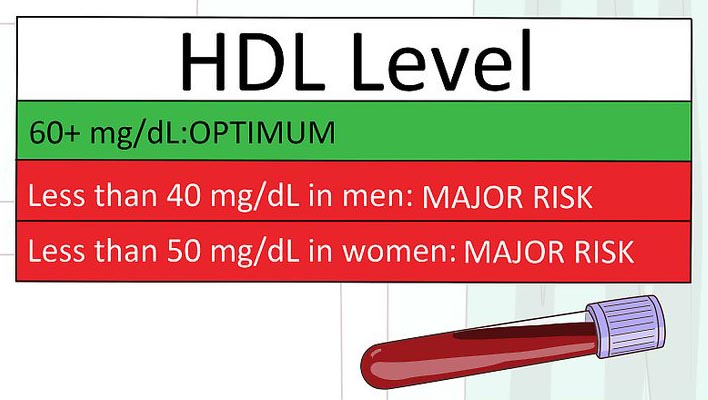 This is where things get a little more interesting. Everyone has heard of LDL. They probably had no idea that it was called LDL. But most people understand the concept of bad cholesterol. HDL is what some call good cholesterol, and it isn’t quite as well known because most people do not realize that good cholesterol exists. With LDL, the lower the cholesterol number, the better. HDL flips that pattern. You need to have a lot of HDL Cholesterol because it augments the health of your heart by protecting your arteries from an accumulation of bad cholesterol. For that reason, a low HDL number is problematic.
This is where things get a little more interesting. Everyone has heard of LDL. They probably had no idea that it was called LDL. But most people understand the concept of bad cholesterol. HDL is what some call good cholesterol, and it isn’t quite as well known because most people do not realize that good cholesterol exists. With LDL, the lower the cholesterol number, the better. HDL flips that pattern. You need to have a lot of HDL Cholesterol because it augments the health of your heart by protecting your arteries from an accumulation of bad cholesterol. For that reason, a low HDL number is problematic.
❸ Triglycerides
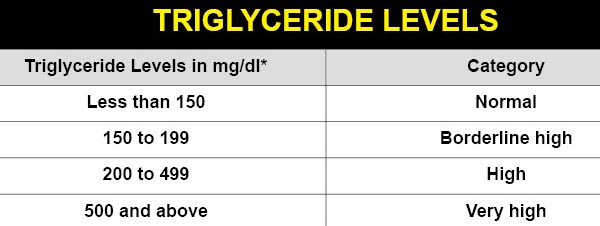 This is another form of fat. Not only does it form plasma lipids (along with Cholesterol) but excess amounts of the substance in plasma can cause heart disease. Triglyceride numbers that are less than 150 are normal. Anything between 150 and 199 is still normal, though you’re approaching danger. Numbers between 200 and 499 are high, and any figure beyond 500 is classified as “very high”.
This is another form of fat. Not only does it form plasma lipids (along with Cholesterol) but excess amounts of the substance in plasma can cause heart disease. Triglyceride numbers that are less than 150 are normal. Anything between 150 and 199 is still normal, though you’re approaching danger. Numbers between 200 and 499 are high, and any figure beyond 500 is classified as “very high”.
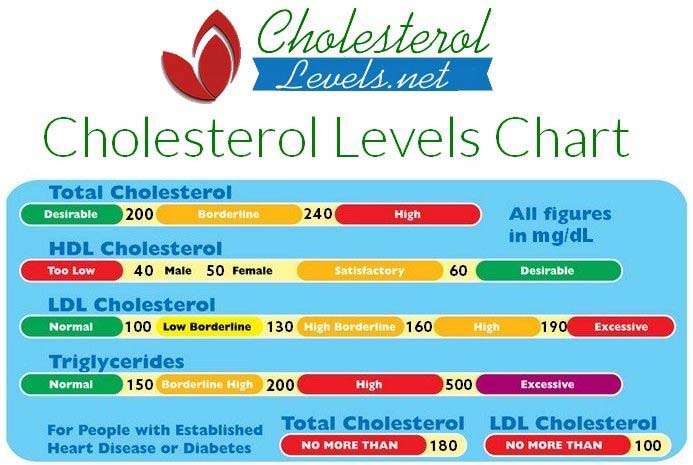 The term “Total Cholesterol” takes into account your LDL, HDL, and Triglyceride numbers. Adults need to have a total cholesterol level of less than 200 mg/dL. Any figure ranging from 200 to 239 mg/dL is an issue. Though, your doctor will only call your cholesterol level high when it hits 240 mg/dL and above. The situation is a little different for children. The average child should have a total cholesterol number of fewer than 170 milligrams per deciliter. A child has high total cholesterol if their number falls somewhere between 170 mg/dL and 199 mg/dL. Any figure beyond 200 mg/dL is too high.
The term “Total Cholesterol” takes into account your LDL, HDL, and Triglyceride numbers. Adults need to have a total cholesterol level of less than 200 mg/dL. Any figure ranging from 200 to 239 mg/dL is an issue. Though, your doctor will only call your cholesterol level high when it hits 240 mg/dL and above. The situation is a little different for children. The average child should have a total cholesterol number of fewer than 170 milligrams per deciliter. A child has high total cholesterol if their number falls somewhere between 170 mg/dL and 199 mg/dL. Any figure beyond 200 mg/dL is too high.
How Often Should You Check Your Cholesterol?
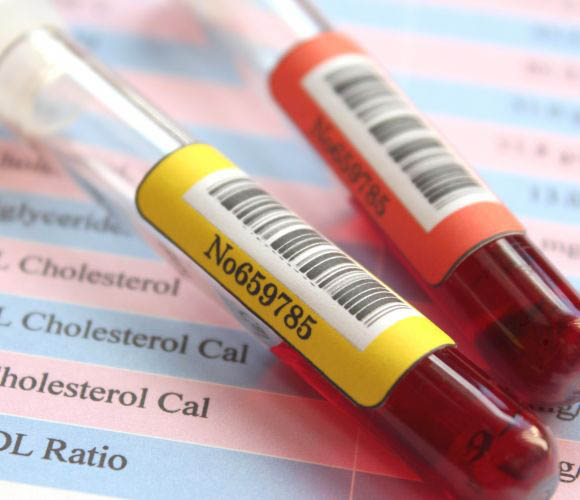
A lot of people worry about bad cholesterol these days, which is why they are always scanning pharmacy reviews. They want to know if there are drugs they can take to keep the issue at bay. But you can’t start taking high cholesterol medication until you have tested for the illness. Children only need to test for it once or twice before they are 18. You can do it when they are between nine and eleven years. You can repeat the process anywhere between 17 and 21 years of age. If your family has a history of high cholesterol, you can test your children even earlier and more frequently. Anyone who is 20 or older should be tested every five years. Once you reach 45, you need to test your cholesterol every 12 or so months. The older you get, the worse your cholesterol becomes.
Factors That Affect Cholesterol Levels
Not counting genetics, cholesterol is affected by four main factors, namely:
❋ Activity
How active are you? People who live sedentary lives are more prone to high cholesterol. This is why doctors always encourage patients to exercise on a regular basis. It lifts low HDL and fights high Triglycerides.
❋ Food
Your diet matters. Foods with saturated fats increase the amount of bad cholesterol in your blood. You have to cut down on dairy products, processed foods and the like.
❋ Weight
This goes without saying. People who are overweight typically have higher LDL and lower HDL than is recommended. By losing weight, you will bring your total cholesterol number to optimal levels.
❋ Cigarettes
Smoking is bad for your health in so many other ways. But it also brings your good cholesterol down which, in turn, allows the bad cholesterol in your blood to accumulate. After all, you need HDL to remove LDL from the arteries.
Conclusion
There are various medical tools that you can use to fight bad cholesterol. All the time you spend browsing pharmacy reviews isn’t wasted, though you are discouraged from self-medicating. That being said, the easiest way to fight bad cholesterol is to pursue a healthy lifestyle. It is the cheapest and most effective solution your doctor will recommend. Of course, there are people whose cholesterol levels are so high that they have no choice but to rely on chemical solutions to survive.

